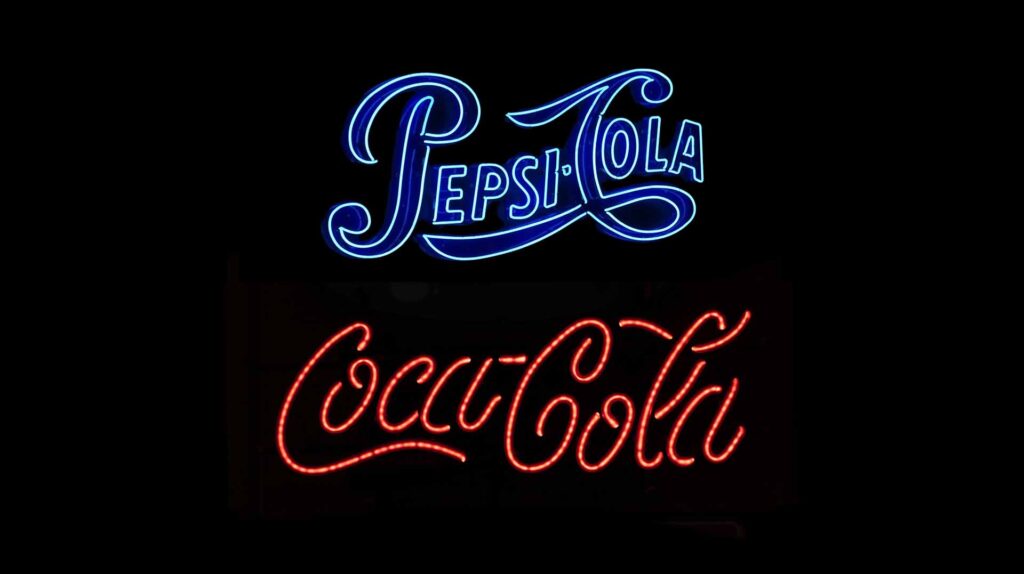
The Pros and Cons of Competing in Marketing
Competing in marketing can lead to rapid growth and a higher market share, but it comes with risks. Here are some pros and cons:
Pros:
- Increased Innovation: Competition drives brands to innovate, offering consumers more choices and better products.
- Higher Visibility: Competing with a well-known rival can push a brand into the spotlight, as long as the brand keeps up with the competition.
Cons:
- Higher Costs: Competing aggressively can result in higher advertising and promotional costs, eating into profits.
- Market Saturation: Too much competition can lead to market saturation, where companies struggle to differentiate themselves.
Also Read : The Role of AI in Sustainable Marketing: Revolutionizing Eco-Friendly Strategies
The Benefits of Collaboration in Marketing
While competition has its advantages, collaboration can offer significant benefits that may outweigh the risks. Here’s why some companies choose to collaborate:
Pros:
- Shared Resources: Collaborating with another brand can result in shared resources, including marketing budgets, customer bases, and technological expertise.
- Access to New Audiences: When two brands partner, they can tap into each other’s existing audience, gaining exposure to new customer segments.
- Cost Savings: Collaboration can help reduce the costs associated with product development, marketing, and distribution by sharing responsibilities.
Cons:
- Risk of Brand Dilution: A poorly executed partnership can hurt a brand’s image if the other brand doesn’t meet expectations.
- Lack of Control: In a collaboration, brands may have to give up some control over how their product or service is presented or marketed.
continue reading…


